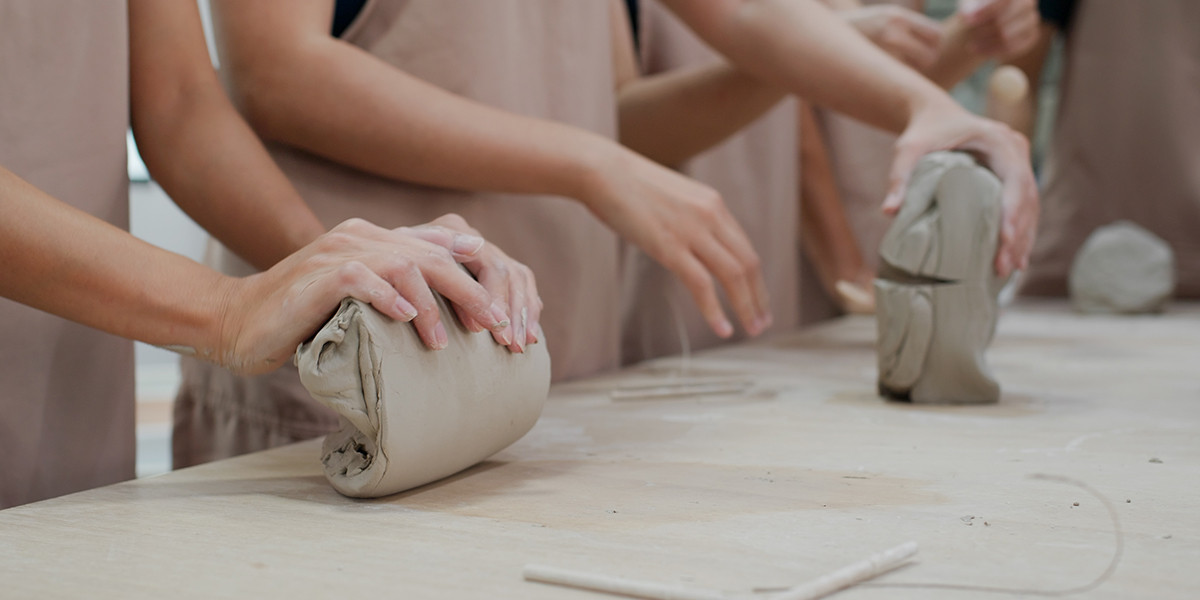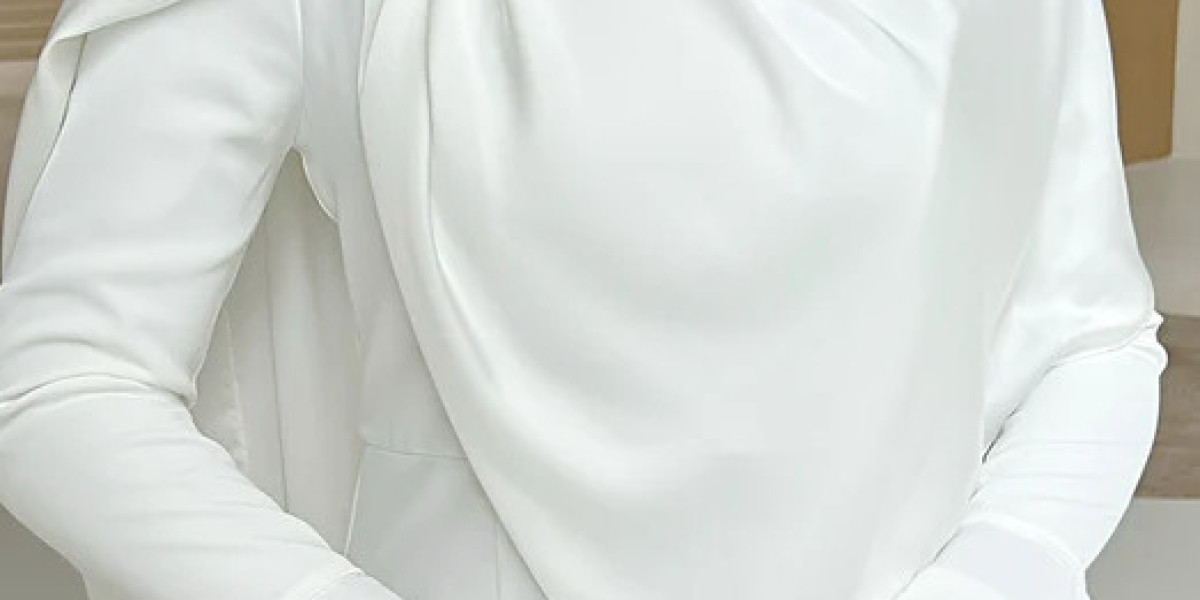A Hands-On Approach to Learning
Consider the act of manipulating clay. It's direct, immediate. There's a feedback loop that's almost instantaneous. As children press, twist, and shape the clay, they're not just creating a physical object. They are making decisions, solving problems, and seeing the results of their actions right before their eyes.
This hands-on learning cultivates an understanding of the physical world. It teaches cause and effect in a way that theoretical learning cannot touch. When a child’s towering sculpture topples over, the lesson is clear: some structures are stronger than others. The next attempt is better, informed by direct experience. This is learning at its most fundamental, its most enduring.
Fine Motor Skills in the Making
The benefits extend beyond cognitive development. The very act of sculpting with clay is a workout for the fine motor muscles. Small hands must learn to exert just the right amount of pressure, a skill that translates into other areas such as writing, typing, or playing an instrument.
Each squeeze and pinch strengthens the small muscles in the child’s palms and fingers, enhancing dexterity and hand-eye coordination. Over time, these physical skills become second nature, the foundation upon which more complex tasks are built.
A Canvas for Imagination
Clay offers a unique canvas. It's forgiving yet challenging, simple yet profound. As children shape their visions out of raw, malleable earth, they dive deep into their own imaginations. What begins as a lump of clay becomes a figure, a story, an expression of the child's inner world.
This process is critical for creative thinking. It teaches kids to visualize outcomes, to think divergently, and to innovate. Every child’s clay creation is a solution to a self-set challenge, whether it’s figuring out how to keep a structure from collapsing or how to express a particular emotion in sculpture.
Emotional and Social Growth Through Clay
Clay sculpting is not a silent activity. It is a social, communal process, filled with discussions about what each piece represents, why certain designs were chosen, and what techniques were used. Children learn to articulate their thoughts and feelings, to share their ideas and to critique respectfully.
Moreover, the tactile nature of clay can be incredibly soothing. It can serve as an outlet for emotional expression, a way to manage stress. For children, whose emotional landscapes can be hard to navigate, clay can become a medium of expression as articulate as words.
The Lasting Impact of Early Exposure
Introducing children to clay workshops can spark a lifelong interest in art and creativity. But the effects go deeper. The skills they develop in these workshops—problem-solving, fine motor skills, creative thinking—are universally applicable. They become tools that can help navigate not just school, but life.
As children grow, the clay may get set aside, but the lessons remain. They grow up with an understanding of materials, a comfort with creativity, and a readiness to tackle complex problems. These are the young people who become innovators, leaders, artists. They are the ones who think differently, who approach problems with a creative mindset.
In Conclusion
Clay workshops for children offer far more than meets the eye. They are about crafting objects, yes, but more importantly, they are about crafting young minds. They prepare children for a world where creativity and innovation are more than assets; they are essentials.
By engaging the hands, we engage the mind. By solving a simple problem, like how to balance a clay sculpture, children learn to solve life’s bigger challenges. And in this way, a simple lump of clay becomes the ground upon which future successes are built.








